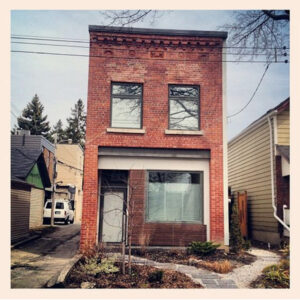
Downtowns nationwide are bedeviled by a glut of one type of real estate and a dearth of another. They have too much vacant retail space, and too little residential space.
Larisa Ortiz, managing director of public nonprofit solutions at design consultancy Streetsense, offers a contrarian perspective on how to resolve the imbalance.
“There is an elegant solution: putting residences, rather than just commercial uses, in the ground-floor spaces of certain buildings,” Ortiz writes in Planning magazine. “Yet many communities have zoning codes that restrict ground-floor residential uses in their downtowns, with planners and policy makers asserting that it undermines sound planning principles and diminishes pedestrian comfort.”
Ortiz notes that some mid-sized cities are embracing the new reality. In 2022, Champaign, IL, lifted zoning regulations prohibiting ground-floor housing on selected blocks and streets within its three central business districts.
And in 2021, Grand Rapids, MI, amended its code to allow ground-floor residential in certain business and commercial districts. The change allows greater flexibility for about half of the city’s 6,000 commercial- and business-zoned properties.
More on the issues surrounding downtown residential development appears in the pages of Downtown Idea Exchange newsletter. Click below to learn more about Downtown Idea Exchange and other resources for revitalizing downtowns and commercial corridors.
